New publication by David Dukes (MS, Geology 2018) in Journal of Geophysical Research (American Geophysical Union/Wiley) investigated the applicability of a novel tracer technique—the use of multiple rare earth elements (REE)—to quantify aeolian sediment transport and to identify sources and sinks of sediments in fire-affected landscapes. David’s study presents a first step toward developing a valuable tool to monitor the ecogeomorphic response of these landscapes to changing climate, disturbance, and management scenarios. Congrats David !
David is currently a PhD student at the University of Illinois, Urbana-Champaign
https://agupubs.onlinelibrary.wiley.com/doi/abs/10.1002/2017JG004284
Dukes, D., H. Gonzales, S. Ravi, D. Grandstaff, J. Li, J. Sankey, G. Wang, and S. Van Pelt (2018), Quantifying post-fire aeolian sediment transport using rare earth element tracers, J. Geophys. Res. Biogeosciences, doi:10.1002/2017JG004284. [American Geophysical Union & Wiley, IF: 3.4]




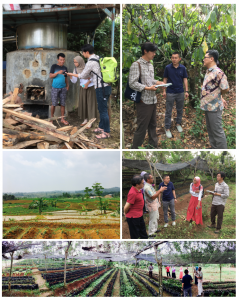

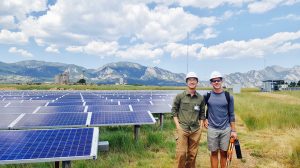
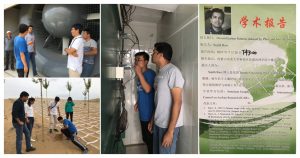
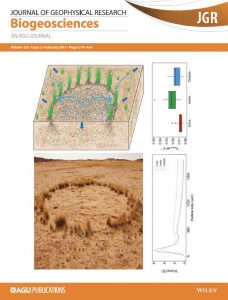
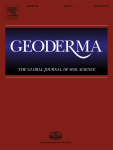
You must be logged in to post a comment.